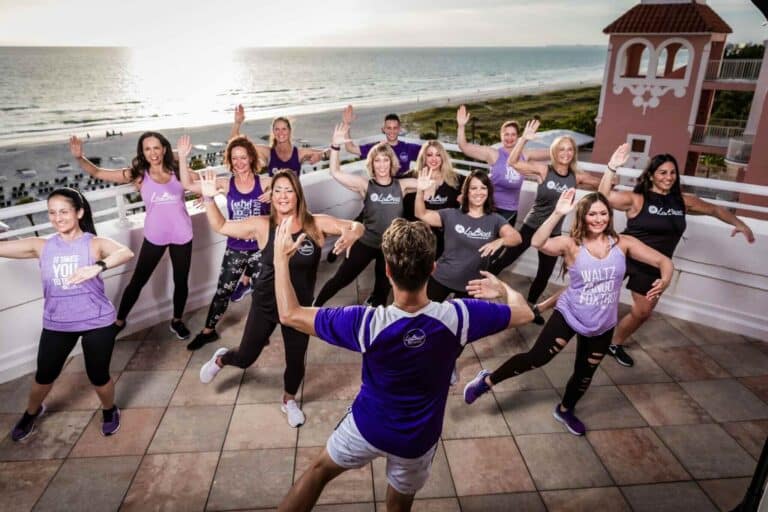The Cost of Exclusivity
A recent article from Chief highlights the significant cost of non-inclusive workplaces to U.S. companies—approximately $1 trillion annually. The business world has started to recognize that diversity and inclusivity in the workplace lead to better performance, innovation, and overall success. This principle extends beyond the office and into our communities and personal lives, including our health and wellness efforts.
Understanding the Challenge
One common example of an exclusive wellness activity is the “step challenge.” While it might seem harmless at first glance, it can inadvertently marginalize individuals with disabilities or health conditions that limit their mobility. This exclusionary approach not only hinders their participation but also sends a message that they are not welcome or valued in the wellness program.
Promoting Inclusivity in Health and Wellness Initiatives
- Education and Awareness: The first step in promoting inclusivity is to educate participants and organizers about the importance of inclusive wellness programs. Awareness can lead to greater empathy and understanding of the challenges faced by those with disabilities or health limitations.
- Customization and Flexibility: Instead of one-size-fits-all challenges like step counts, offer a range of activities that cater to various abilities and preferences. This could include swimming, chair exercises, meditation, or nutrition-focused challenges.
- Accessibility: Ensure that all wellness program venues and materials are accessible to everyone. This might involve making digital resources screen-reader friendly, providing sign language interpreters, or offering alternative transportation options to event locations.
- Inclusive Language and Messaging: Be mindful of the language used in promoting wellness initiatives. Avoid phrases that might alienate individuals with disabilities or health conditions. Use inclusive language that emphasizes participation and improvement rather than competition.
- Feedback and Adaptation: Encourage participants to provide feedback on the wellness program. This feedback can help organizers adapt and improve the program’s inclusivity over time.
- Celebrating Diversity: Highlight the success stories and achievements of individuals from diverse backgrounds and abilities within your wellness program. Celebrating these accomplishments can inspire and motivate others.
- Collaboration and Partnerships: Partner with organizations that specialize in promoting inclusivity and accessibility. They can provide valuable insights and resources to ensure your wellness initiatives are as inclusive as possible.
Inclusivity in health and wellness initiatives is not just a moral imperative; it’s a smart strategy for success. By embracing inclusivity, we create a sense of belonging and unity among participants, fostering a supportive community that benefits everyone. The “step challenge” may have its merits, but when we shift our focus to embrace a wide range of abilities and needs, we unlock the true potential of our wellness programs. Let’s make inclusivity the cornerstone of our health and wellness initiatives, ensuring that everyone has the opportunity to thrive and achieve their personal best.
Ready to learn how Burnalong can provide inclusive wellness initiatives? Let’s chat!





